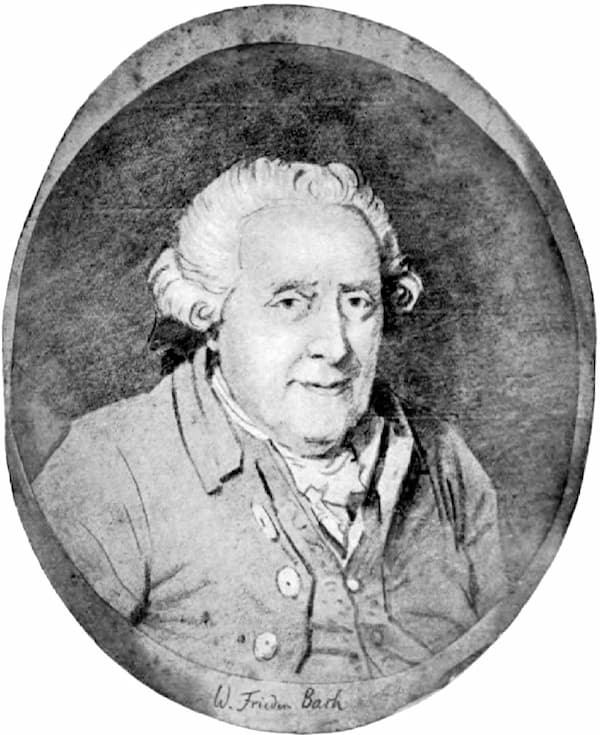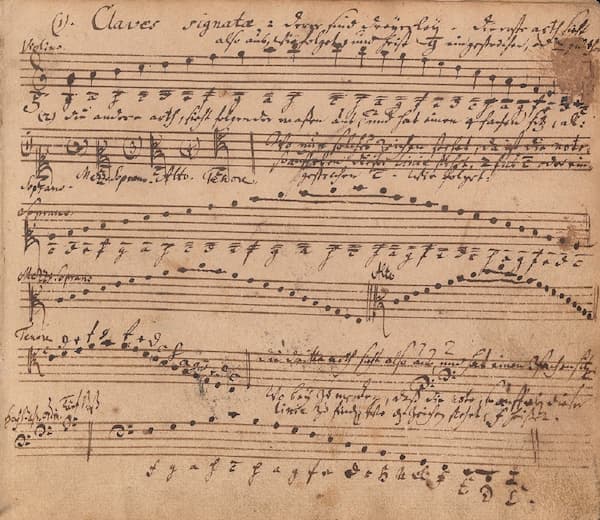The Bach family was happily settled in Weimar. Maria Barbara Bach was taking care of the household and was certainly busy raising their precocious daughter Catharina Dorothea. Johann Sebastian, in the meantime, continued his duties in the service of Duke Wilhelm Ernst of Saxe-Weimar. He was the “Hoforganist,” played the violin in the Duke’s orchestra, taught a number of private students, and tuned, repaired and maintained organs and harpsichords.

Wilhelm Friedemann Bach
And on 22 November 1710 Maria Barbara Bach gave birth to their second child. It was a boy, and the proud parents named the child Wilhelm Friedemann. He was baptised on 24 November 1710, and his godparents were the Weimar chamberlain Wilhelm Ferdinand von Lynker, Anna Dorothea Hagedorn and Friedemann Meckbach, the last two acquaintances of J.S. Bach from Mühlhausen. Let’s not beat around the bush; Wilhelm Friedemann was probably the most musically gifted child of J.S. Bach. An acknowledged genius as an organist, improviser and composer, Wilhelm Friedemann also had a rather difficult personality that greatly reduced his ability to gain and hold secure employment. And he was certainly less willing than younger contemporaries “to compose fashionable, readily accessible music.”
Johann Sebastian Bach: Concerto in C major, BWV 976, after Concerto “L’estro armonico,” Op. 3, No. 12 by Antonio Vivaldi (Sophie Yates, harpsichord)

Explanation of clefs which begins the Klavierbüchlein für Wilhelm Friedemann Bach
His early musical education was provided by his father. Some of this instruction, primarily in composition, is documented in the famous “Clavier-Büchlein vor W.F. Bach,” containing parts of the French Suites, Two-Part Inventions, Three-Part Sinfonias, the first volume of the WTC and the 6 Trio Sonatas for organ. Sadly, when Friedemann was nine, his mother, Maria Barbara Bach, suddenly died, and his father would remarry in December 1721. Be that as it may, during his growing-up years, Weimar was a happening place. Musicians from all parts of Europe visited the idyllic town and brought with them a variety of national musical styles. In fact, the town was abuzz with the music of Antonio Vivaldi. Always eager to broaden his horizon, Johann Sebastian went to work and transcribed at least nine concertos of Vivaldi, three for solo organ and six for solo harpsichord. And while it might simply be seen as a compositional exercise, it is clear that his exposure to Italian mannerisms represented the strongest single development towards his personal musical style.
For more of the best in classical music, sign up for our E-Newsletter
